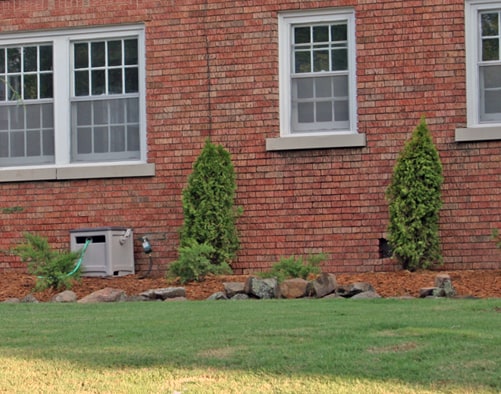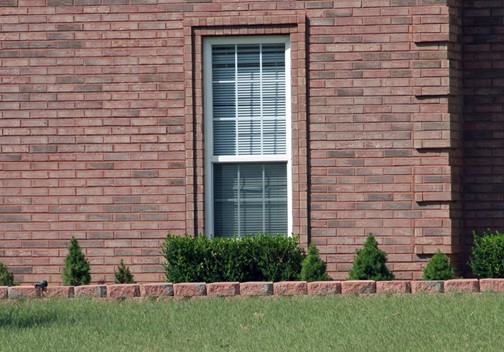Garden Reports and Rejoicing – December 26
Lining up the Usual Suspects
Here’s a mystery: Why do people with perfectly attractive homes settle for unattractive foundation beds? And why do those with less-than-appealing houses not use foundation plantings to improve the dwelling’s appearance?
Most don’t realize that a line up of the usual suspects (evergreens) is often worse than doing nothing at all. Some houses are so interesting or well designed that to cover them with a line of boring shrubs is a crime. Other buildings can be enhanced with the right plantings. Foundation beds should suit the style and character of the architecture, stay in balance and scale with the building and be interesting twelve months of year.
Important note: twelve months of interest does not mean that all the plants need to be evergreen shrubs and trees. Interest comes from many attributes including foliage color, form, bark, fruit, and even the fact that the plant disappears for five months of the year. To my mind, a foundation planting that changes from season to season is something to be valued. It forces us to pay attention.
The size of the bed is important as well. In most cases a long skinny line that exactly parallels the house just reinforces a box-like shape. Foundation beds should blend or ease the structure into the more flow and curves of the natural world.
We call them “foundation plantings” because they were, in Victorian times, developed to hide the new concrete bases and footings. The foundations of homes aren’t as high and ugly now as they were then so perhaps we should think of these beds using two of the synonyms for “foundation.” Underpinning and groundwork. Don’t make your home’s underpinning into a lineup of the usual suspects. The ground around the building should work to enhance the architecture.


Two perfectly nice plants, yews and dwarf alberta spruce, are so overused as foundation plants we no longer see them clearly. The yews get sheared into green coffee tables and meatballs, while the dwarf Alberta spruce become Coneheads. Sigh.

